Three Recycling Technologies for Polylactic Acid
Polylactic Acid (PLA) is a biodegradable and bio-based polymer that has gained significant attention due to its potential to reduce plastic waste and environmental impact. However, to fully leverage its sustainability, effective recycling technologies are essential. This article explores three primary recycling methods for PLA: mechanical recycling, chemical recycling, and biodegradation/composting, with a focus on their applications in digital printing and packaging, particularly through companies like Kexin Packaging.
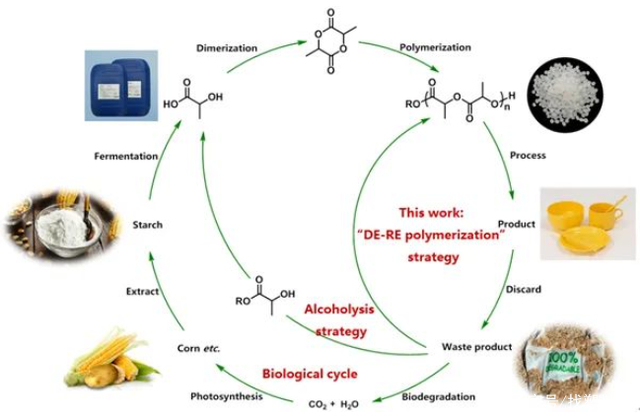
Mechanical Recycling
Mechanical recycling is the most straightforward method for PLA. It involves collecting, sorting, and grinding PLA products into smaller particles, which are then washed, dried, and reprocessed into new materials. This technique is cost-effective and relatively simple, making it accessible for many industries. However, the quality of mechanically recycled PLA may be lower than that of virgin material due to potential impurities and degradation during processing. Despite these limitations, mechanical recycling remains a viable option for producing non-critical items like packaging materials.
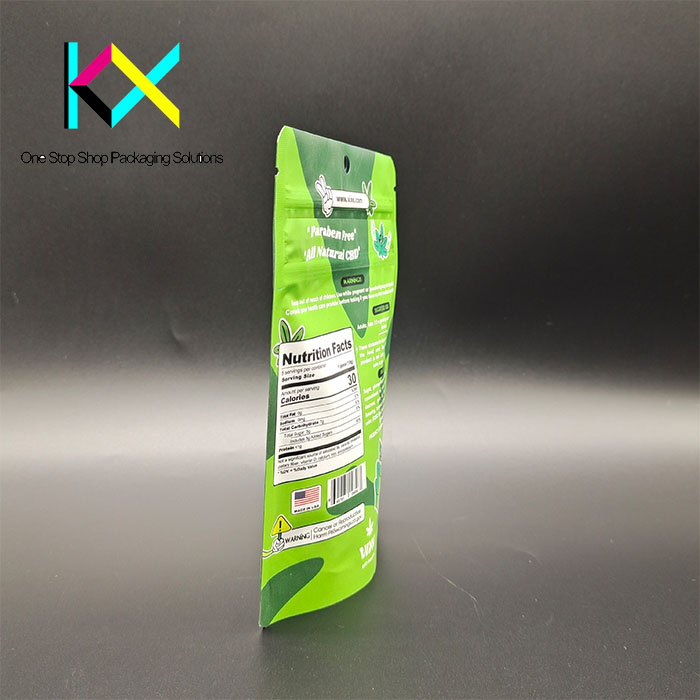
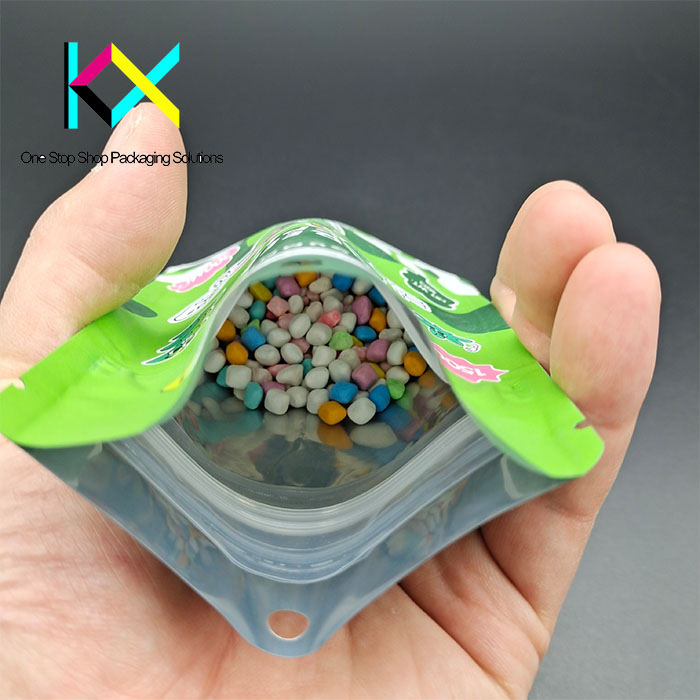
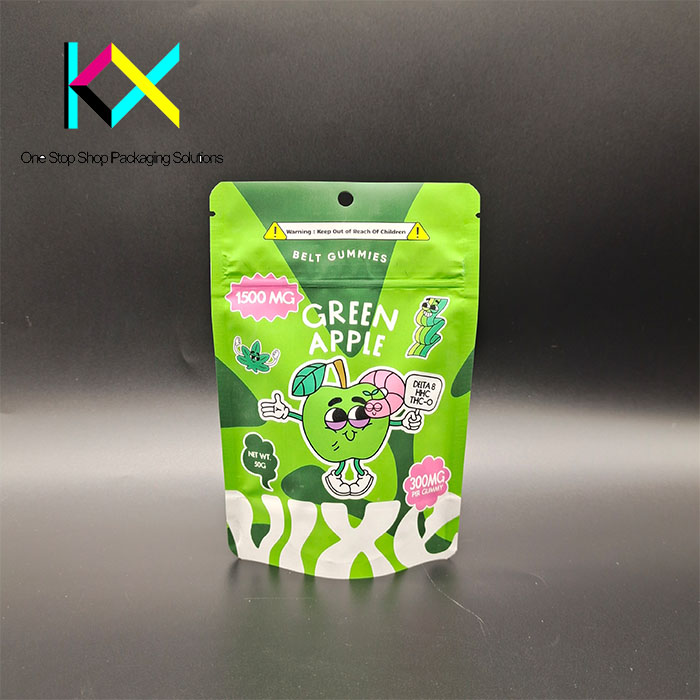
Chemical Recycling
Chemical recycling of PLA is a more advanced process that involves breaking down the polymer into its monomers or oligomers through methods like hydrolysis or glycolysis. This method yields high-quality raw materials that can be used to produce new PLA with properties similar to virgin material. Although chemical recycling is more complex and expensive than mechanical recycling, it offers better control over the quality of the recycled material, making it suitable for applications requiring high performance and purity, such as medical devices or high-end packaging.
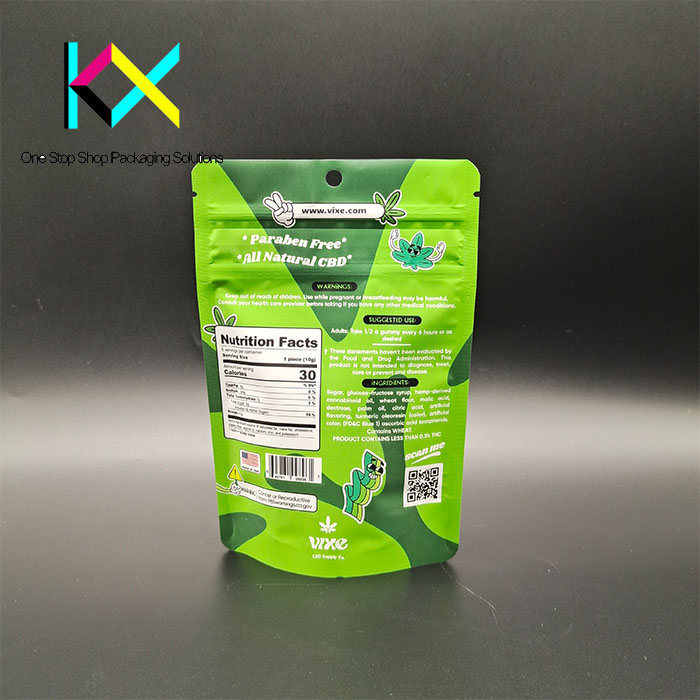
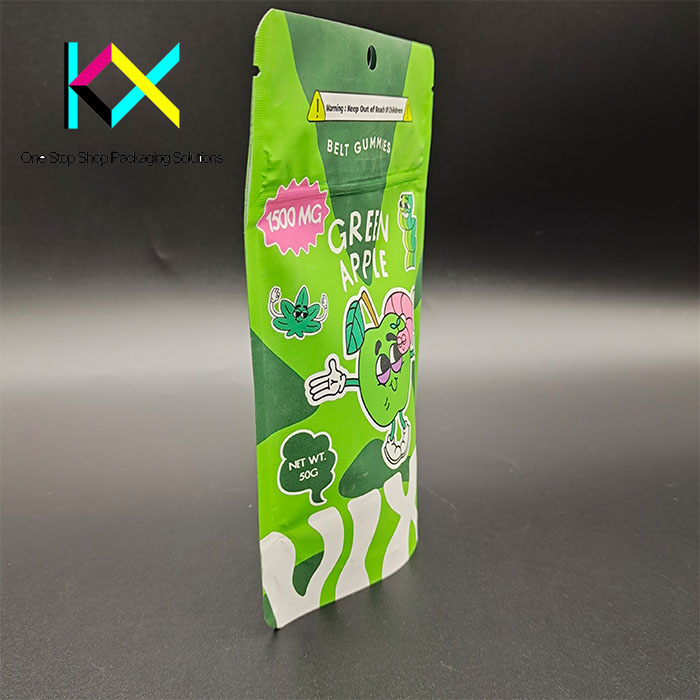
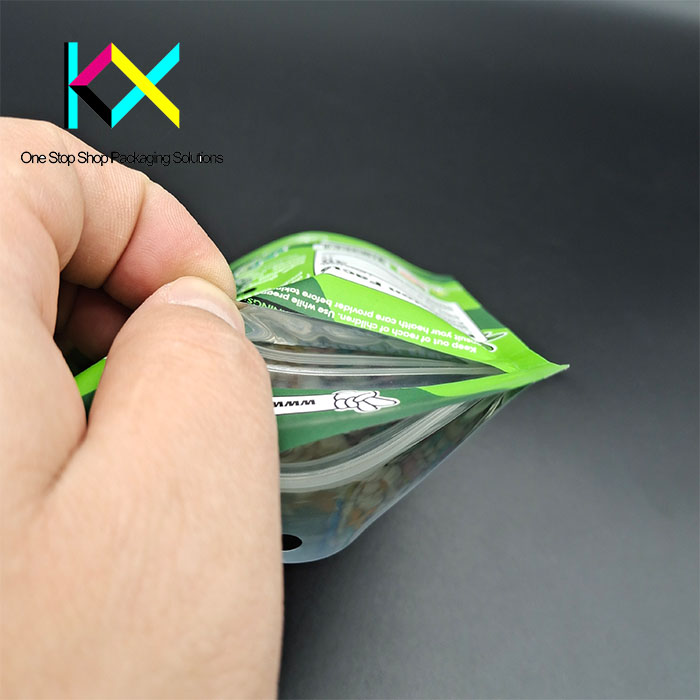
Biodegradation and Composting
PLA’s biodegradability is one of its key advantages. Under the right conditions, such as those found in industrial composting facilities, PLA can be broken down by microorganisms into compost. This process not only reduces landfill waste but also returns nutrients to the soil. However, biodegradation requires specific conditions, including high temperatures and humidity, to ensure efficient degradation. This method is particularly beneficial for single-use packaging and other disposable items.
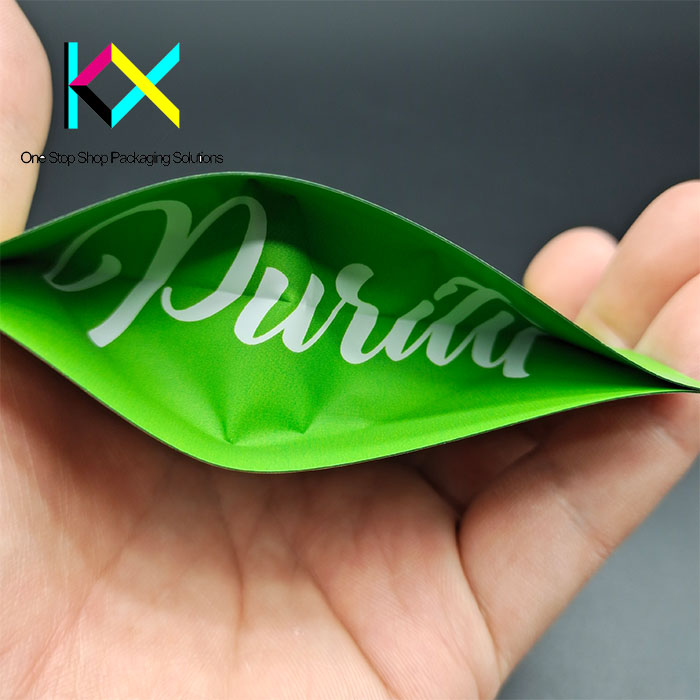
Integration with Digital Printing and Packaging
Sustainable Packaging Solutions
You can visit our website to know more about our flexible packaging pouch:
